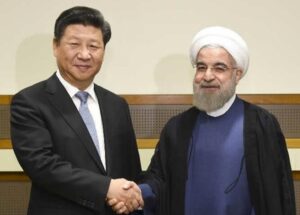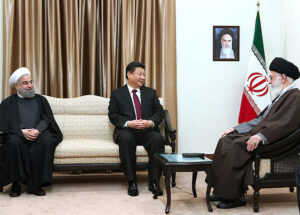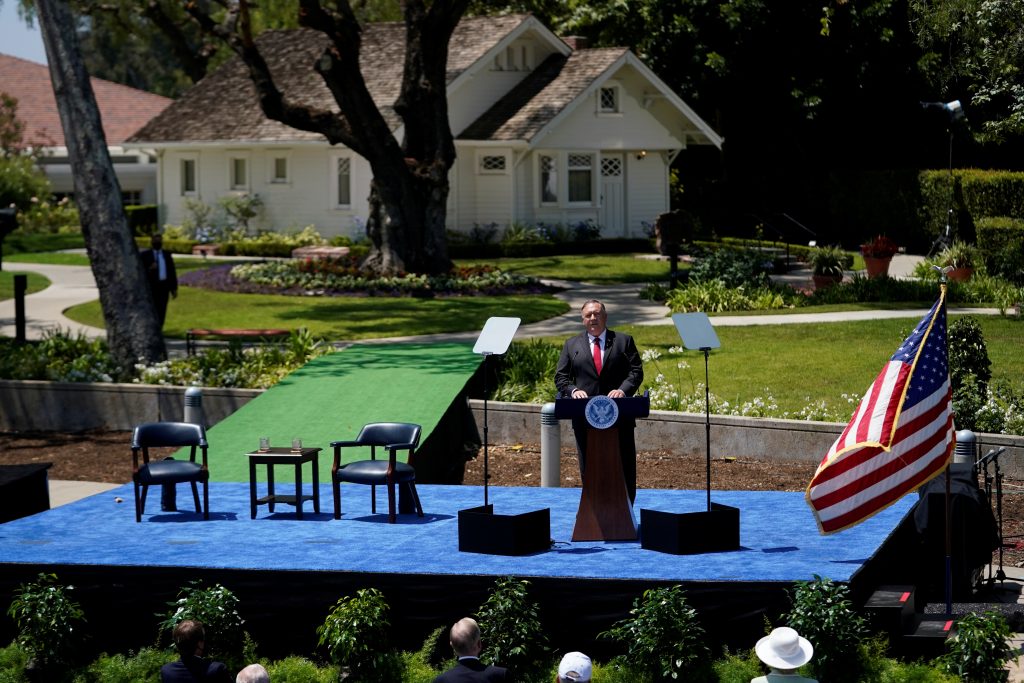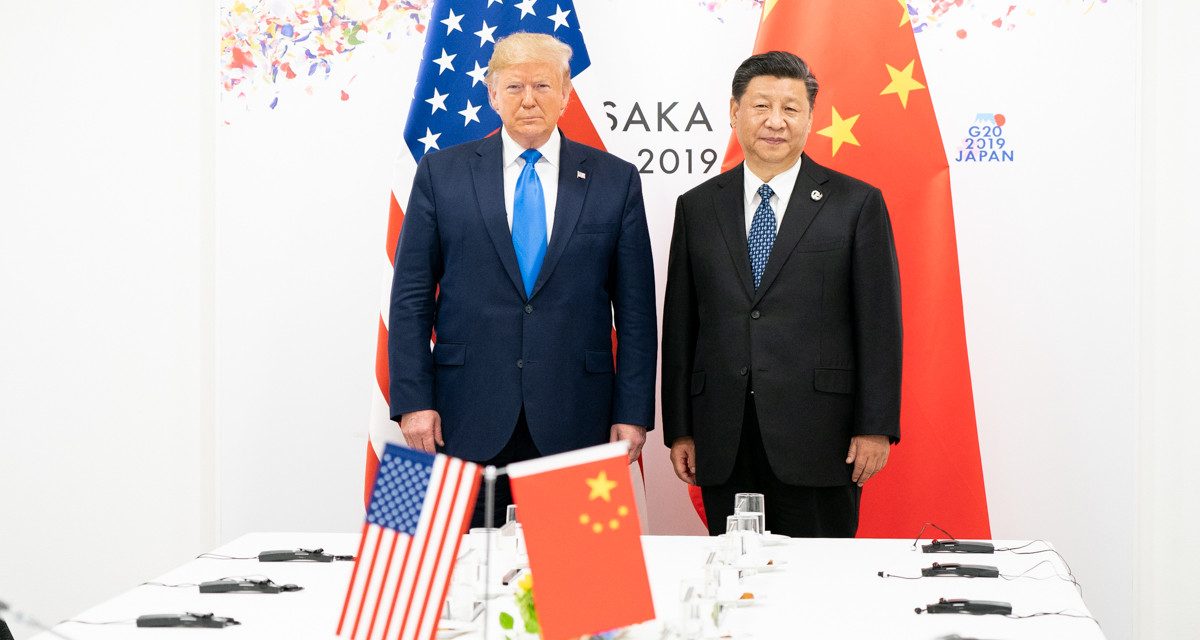Stephen M. Walt
The COVID-19 pandemic is the most disruptive global event since the Great Depression and World War 2. At least 4.8 million people have been infected in less than six months; more than 300,000 have died, and many more deaths will occur even if effective vaccines or treatments are eventually developed. The economic costs are staggering: much of the world has fallen into recession, debt levels are soaring, and future growth prospects have dimmed. It is in some ways the first fully global crisis in human history, one from which no country can remain aloof.
Yet despite these far-reaching effects, the current pandemic will not transform the essential nature of world politics. The territorial state will remain the basic building-block of international affairs, nationalism will remain a powerful political force, and the major powers will continue to compete for influence in myriad ways. Global institutions, transnational networks, and assorted non-state actors will still play important roles, of course, but the present crisis will not produce a dramatic and enduring increase in global governance or significantly higher levels of international cooperation
Instead, COVID-19 is more likely to reinforce divisive trends that were underway before the first case was detected. In particular, it will accelerate a retreat from globalization, raise new barriers to international trade, investment, and travel, and give both democratic and non-democratic governments greater power over their citizens' lives. Global economic growth will be lower than it would have been had the pandemic not occurred. Relations among the major powers will continue the downward trend that was apparent before the pandemic struck.
In short, the post-COVID-19 world will be less open, less free, less prosperous, and more competitive than the world many people expected to emerge only a few years ago
 The Brahmaputra River runs from its origin in western Tibet through India before flowing into the sea in Bangladesh. Photo: Pfly / WikiCommons
The Brahmaputra River runs from its origin in western Tibet through India before flowing into the sea in Bangladesh. Photo: Pfly / WikiCommons












